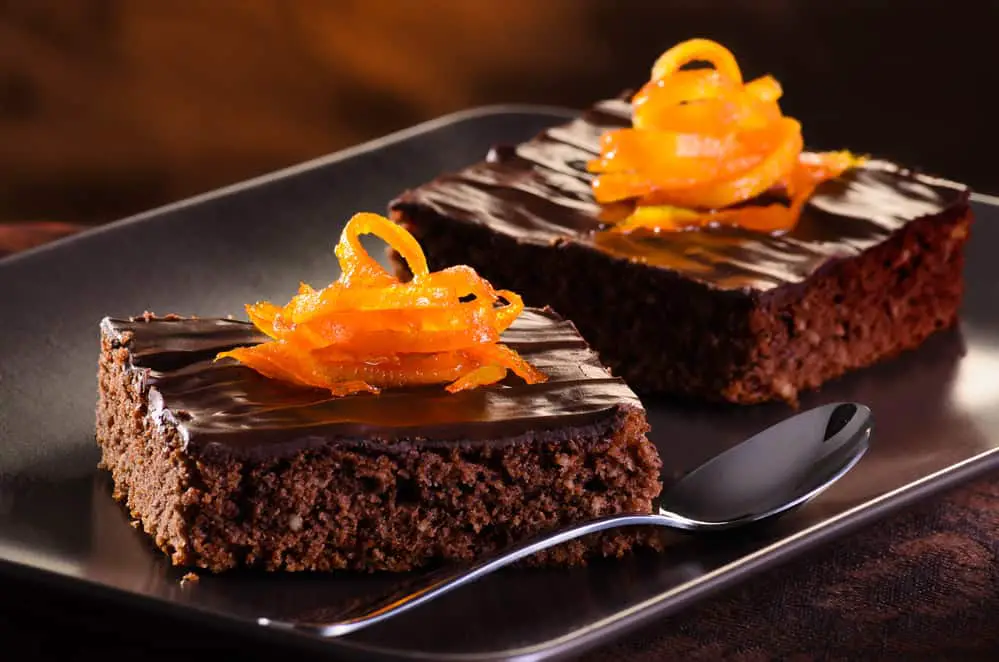The queens of the kitchen claim a halogen oven will never replace the traditional one, when it comes to baking. While I do agree with it, I dare to say that we can make pretty delicious desserts in a halogen oven too. [no_toc]
It’s not rocket science, but following the tips mentioned below will prevent you from baking mishaps and wasting your time. Take your baking experience – even if it’s the tiniest one – to the next level with these sneaky tricks:
1. Read before starting
I have a terrible habit of starting cooking without reading the recipe first. I actually read it while already cooking. If you’re anything like me, we need to ditch this habit right now. When baking in a halogen oven, the starting-before-reading approach doesn’t work. Take a few minutes to carefully read the recipe. Think about the ingredient list and the items you have or can replace. Pay attention to the temperatures and see if they’re okay with your oven.
2. Prepare the tins and cooking rack
Now that you know your recipe, get ready for the baking process before you start mixing your ingredients. First, make sure your cake tins are halogen-oven-proof. You can buy them in a cake store or online. If you’re low on a budget, consider buying reusable baking sheets for halogen ovens.
If you’re using the tins, grease them with a non-stick spray or place the pieces of baking parchment in each. If you don’t have a non-stick spray, grease the tins with butter and sprinkle a tiny bit of flour over it.
It’s critical that you also have a cooling rack. Many people use a cutting board or a dish to place the cakes or bread onto, but this cooling method can ruin the bottom of your baking goods. Cooling racks let the air circulate all around, preventing over-moisting. Although cooling racks are cheap, you can also use a grilling rack, if you don’t have the one.
3. Don’t over-mix the flour
Over-mixing the flour can lead to a tough like a stone cake or bread that you won’t even be able to cut. On the other hand, under-mixing the flour can lead to an underbaked cake. Always mix the dough/pastry in a food processor and not more than 2 minutes. Depending on the food processor, you’ll need a minute to mix the butter, sugar, and flour. If you need to thicken double cream, mix until it gets to light peaks.
4. Cool it
Once your dough is perfectly ready, place it in the fridge for 5 to 10 minutes. It’s not required but advised. This will help you avoid shrinkage when baking or rolling out. Don’t overdo it, though. The last thing you want to do is to freeze your dough.
5. Preheat your oven
Just like you preheat your traditional oven, consider doing the same with your halogen oven. This way, your cake or pastry will start cooking immediately and won’t get confused by high temperatures.
Baking in a halogen oven isn’t as difficult as many people think. Start with baking a sponge cake. This is considered the easiest recipe and you won’t waste too much ingredients if you fail.


